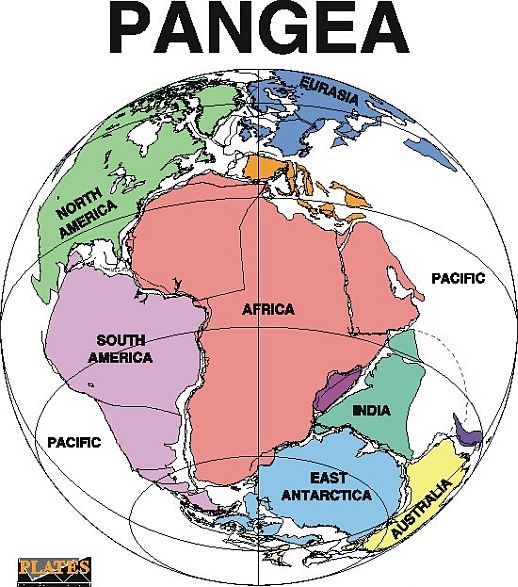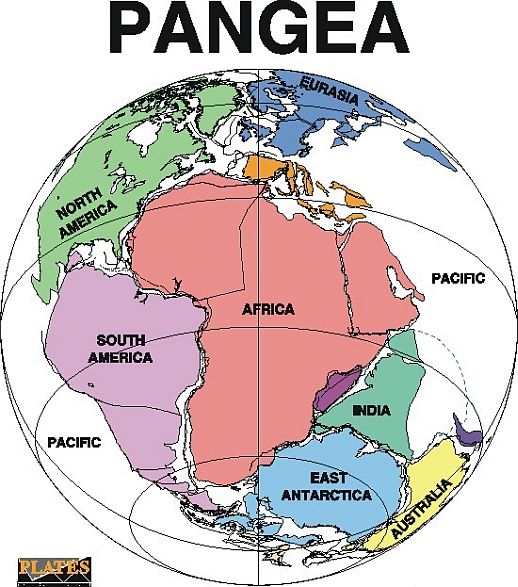A life in stars: remembering our friend and colleague Tom Marsh
By David Leadley, Danny Steeghs, Don Pollacco and Mark Newton
Following the heart-breaking news of the death of Professor Tom Marsh , founding professor of the Astronomy and Astrophysics group at Warwick, his friends and colleagues share this tribute to Tom’s extensive academic achievements, as well as his devotion and contribution to his colleagues, students and the wider department.
“Professor Tom Marsh was a highly regarded member of the international astronomy community, especially for his expertise in the evolution of binary stars and the physics of their accretion discs.
He made significant contributions to the observational techniques needed to study these objects using spectroscopy and high-speed imaging with cameras that he co-developed, such as ULTRACAM and HiPERCAM, which have been deployed on some of the world’s most powerful telescopes.
Tom was never happier than when observing new objects in premier dark-skies locations, from telescopes in La Palma including the William Herschel, Isaac Newton, Gran Telescopio Canarias (GTC), or Chilean facilities with the Very Large Telescope (VLT) and European Southern Observatory (ESO) facilities at La Silla, especially the New Technology Telescope (NTT).
Following a BA and PhD in Cambridge, Tom spent time as a postdoc at the Royal Greenwich Observatory and Space Telescope Science Institute before landing a highly competitive PPARC fellowship that he held in Oxford and then Southampton.
For the second half of his career, Tom has been the lynch pin of the Astronomy & Astrophysics research group and an immeasurably valued colleague at the University of Warwick (of which more below). Across his forty-year career Tom
authored some 800 notes and papers, including seventeen in Nature or Science, on all manner of astronomical objects: binary systems, white dwarfs, variable stars, supernovae, and applying his techniques to find extra-solar planets or explore the Kuiper Belt.
Herschel Medal winner
In 2018, Tom won the Royal Astronomical Society’s Herschel Medal, which is awarded for investigations of outstanding merit in observational astrophysics.
The Herschel Medal recognised Tom’s pioneering research on binary star systems and in particular his development of the Doppler tomography technique. This technique has been widely employed and, amongst others, enabled the physics of accretion discs to be better understood.
More recently, Tom became intrigued by the possibilities of multi-messenger astronomy that combines signals from optical, neutrino and gravitational wave signals from the objects he studied, which are thought to be amongst the strongest GW emitters.
International and public engagement
Tom was keen to support astronomy in less affluent countries and maintained a strong link with Thailand, enabling astronomers there to use his high-speed cameras and be part of these international endeavours. He was also happy to engage with the public and share his enthusiasm for the cosmos in radio and TV interviews as well as on stage at a Warwick Christmas Lecture. Indeed, one of Tom’s high-profile papers resulted from an initial observation by an amateur astronomer that he followed up.
Astronomy & Astrophysics at Warwick
For its first 38 years, Warwick’s Department of Physics did not have any specific activity in astronomy, but instead brought in guest lecturers to teach the subject. All that changed in 2003, when Tom moved from the University of Southampton to Warwick to start an astronomy research group with one other academic research fellow.
The research group was nurtured and developed by Tom’s calm and efficient leadership. He ensured the group established a strong identity whilst also working for the great benefit of the Department as a whole. Today the Astronomy & Astrophysics group has grown to sixty-five people, representing a third of the Department with 18 permanent academic staff, 28 research fellows and 29 PhD students.
From Tom’s focus on time-domain astronomy, the research group evolved to study the variable output of white dwarf binaries, gamma ray bursts, transiting exoplanets, and gravitational wave sources. By hiring members of the team responsible for WASP (Wide Angle Search for Planets – the most successful ground-based search for exoplanets), Tom set Warwick up as a leading centre for exoplanet research.
His interest in observational techniques enabled the Warwick group to lead construction of arrays of small telescopes that can scan wide areas of the sky – Next Generation Transient Survey (NGTS) in Paranal and the Gravitational-wave Optical Transient Observer (GOTO) in La Palma and Australia.
Tom would be far too modest to claim credit for all these projects that are ostensibly led by other members of the Warwick group, yet his insight and encouragement was crucial in their success. Having carefully planned for his successor, Prof Danny Steeghs, to take over as group leader, Tom was able to spend more time observing - he could easily have taken a senior University post, but instead chose to spend his time on research.
Teaching
As well as being a world-leading astronomer, Tom was equally devoted to undergraduate teaching. His lecture modules, from mechanics to electromagnetism, optics and astronomy, were always well-received by students, with exemplary supporting material. He also recognised the vital role of practical training for physicists and by his example encouraged others to play a full role in the undergraduate teaching laboratories.
Tom could always be relied on if there was ever a need for someone to step in at short notice to cover for a colleague or inspire potential students at open days. In 2020, Warwick took its first undergraduates onto a new degree program in Physics and Astrophysics, which Tom had been instrumental in setting up and which is proving extremely popular with students. In 2022 an observatory, primarily designed for undergraduate teaching, has been built on campus. From the small beginnings it can clearly be said that astronomy is now an especially important part of the University of Warwick, and none of this would have happen without Tom’s devotion.
As a colleague
Above all Tom was interested in /obsessed by Astronomy and Science in general. He was interested in everyone’s research but always remained modest about his own achievements. Tom was someone his colleagues would seek out for his advice.
His enthusiasm, collegiality and knowledge were the glue that spread throughout the Astronomy group that has made it such an energetic place to work and why many of the team were attracted to work at Warwick in the first place. He is and will always be sorely missed.”
Citation for the 2018 RAS Herschel Medal:
The 2018 Herschel Medal is awarded to Professor Tom Marsh.
Professor Tom Marsh has undertaken pioneering research into close binary star systems for the last 30 years. Foremost
among his numerous contributions has been the development of the Doppler Tomography technique, which is first described in a landmark paper in 1988 co-authored with Professor Keith Horne. T
he method uses phase-resolved spectra to construct two-dimensional velocity-space images, allowing astronomers to break the diffraction limit of conventional imaging.
Its application reveals the micro-arcsecond structure of close binary star systems, delivering accurate masses for white dwarfs, neutron stars and black holes.
The technique unveils the detailed structure of accretion flows, including the intricate structure of accretion streams and hot-spot dynamics. It also led to the discovery of the theoretically anticipated spiral-wave patterns that appear in accretion discs during dwarf nova outbursts.
Doppler Tomography has been applied to hundreds of binary systems by numerous researchers, leading to a much-improved understanding of accretion disc physics.
For these reasons, Professor Marsh is awarded the Herschel Medal.

 ). All the Best to All in the crazy year ahead.
). All the Best to All in the crazy year ahead.


